Lessons in lubrication: Engine Oil Explained
Most motorists will be aware that there is a fluid you pour inside the engine to help keep things working. If your knowledge ends there then hopefully this article will enlighten you further as to how it works and what all those mysterious numbers on the bottles mean. Here is Engine Oil Explained.
Why does my car need Engine Oil?
Engines are predominantly made from metal and are full of moving parts. Without any sort of lubrication, these metal components would rub against each other creating friction, causing damage, and eventually leading to failure. Rubbing your hands together with and without soap is the perfect example to demonstrate the differences a lubricant can make.
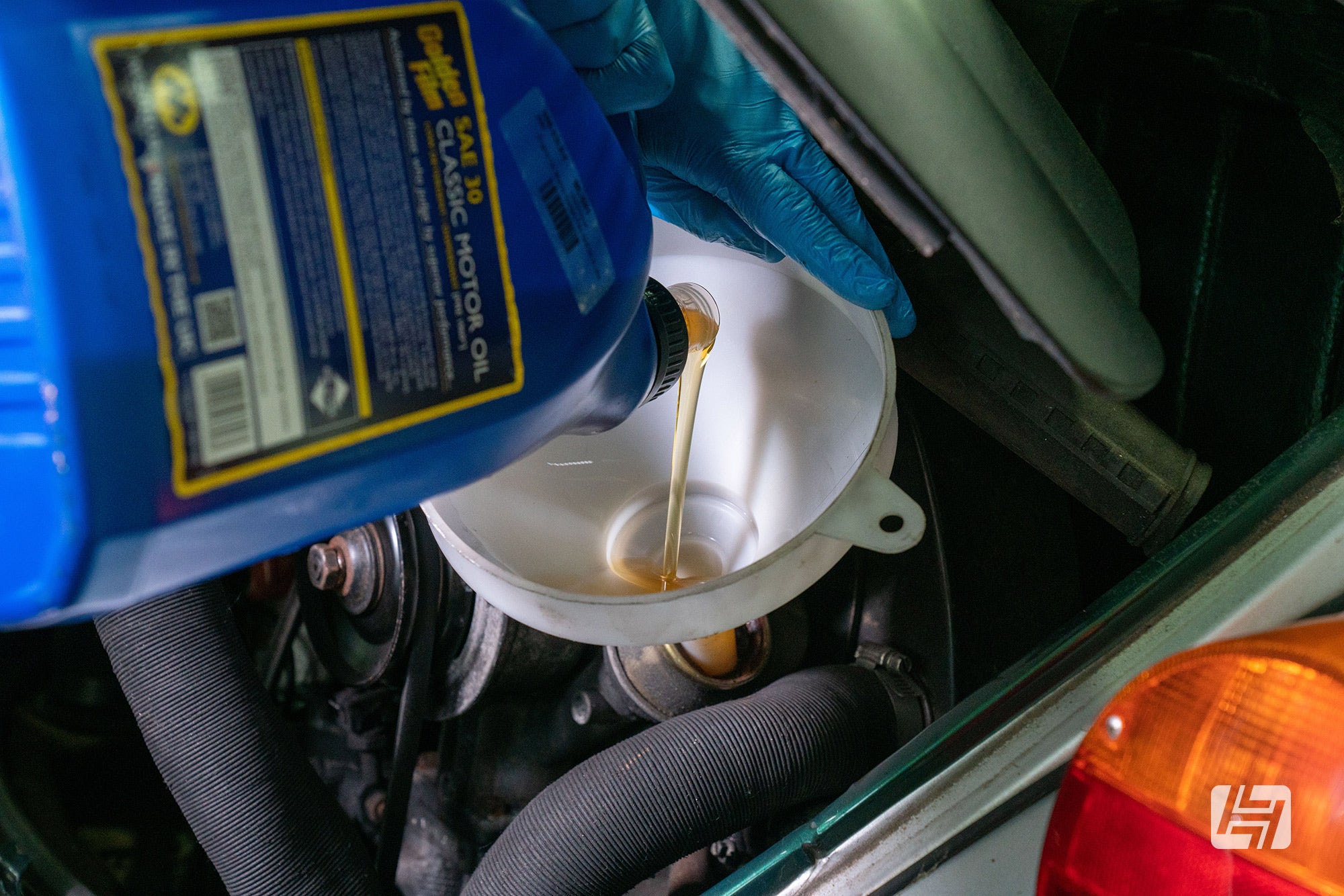
What do the different types of engine oil mean?
If you are reading this article you have probably experienced a moment of "which one do I need" when presented with a shelf or website page with more than a handful of oil containers. Mineral, Synthetic, Semi-Synthetic, Multigrade and 'Straight' are all terms associated with engine oil and we'll explain the differences below before we move on to discuss what the numbers relate to.

What is Mineral Engine Oil?
Mineral Engine oil, Mono-grade, or 'Straight' engine oil is as close to 'drill it and fill it' as you will get. The oil comes from crude petroleum, which is drilled and pumped from below the surface of the earth before being filtered and refined to make it suitable for use. This rudimentary engine oil was industry standard when many of our older classic cars were new, and so nowadays, many enthusiasts tend to stick with a Mineral oil, such as Morris SAE30 for their classic cars.

What is Multi-grade Engine Oil?
Where Multi-grade Oil differs from Mineral Oil is the fact that it has more than one viscosity characteristic depending on the temperature that it is operating at. You'll recognise these oils listed with a 'W' in the middle, like 10W40, for example. This dual personality is achieved through the use of polymer additives and means your engine is better protected from cold start-up through to flat out in the sun. If you drive a 70s, 80s, or 90s non-performance car, then this may be your go-to choice.

What does Viscosity mean?
I mentioned SAE30 above and should explain this stands for 'Society of Automotive Engineers' who established the numerical oil grading system based on Viscosity. This grading, in short, refers to how quickly an oil flows; the thinner the oil the smaller the number and the quicker it will flow - however the less protection or load it will be able to carry, as shown by the illustration below. When it comes to Multigrade oils the 'W' symbolizes its 'winter' or cold temperature capability. In the case of the 10W 40 examples, it would be the equivalent of SAE10 at cold and then SAE40 when warm.
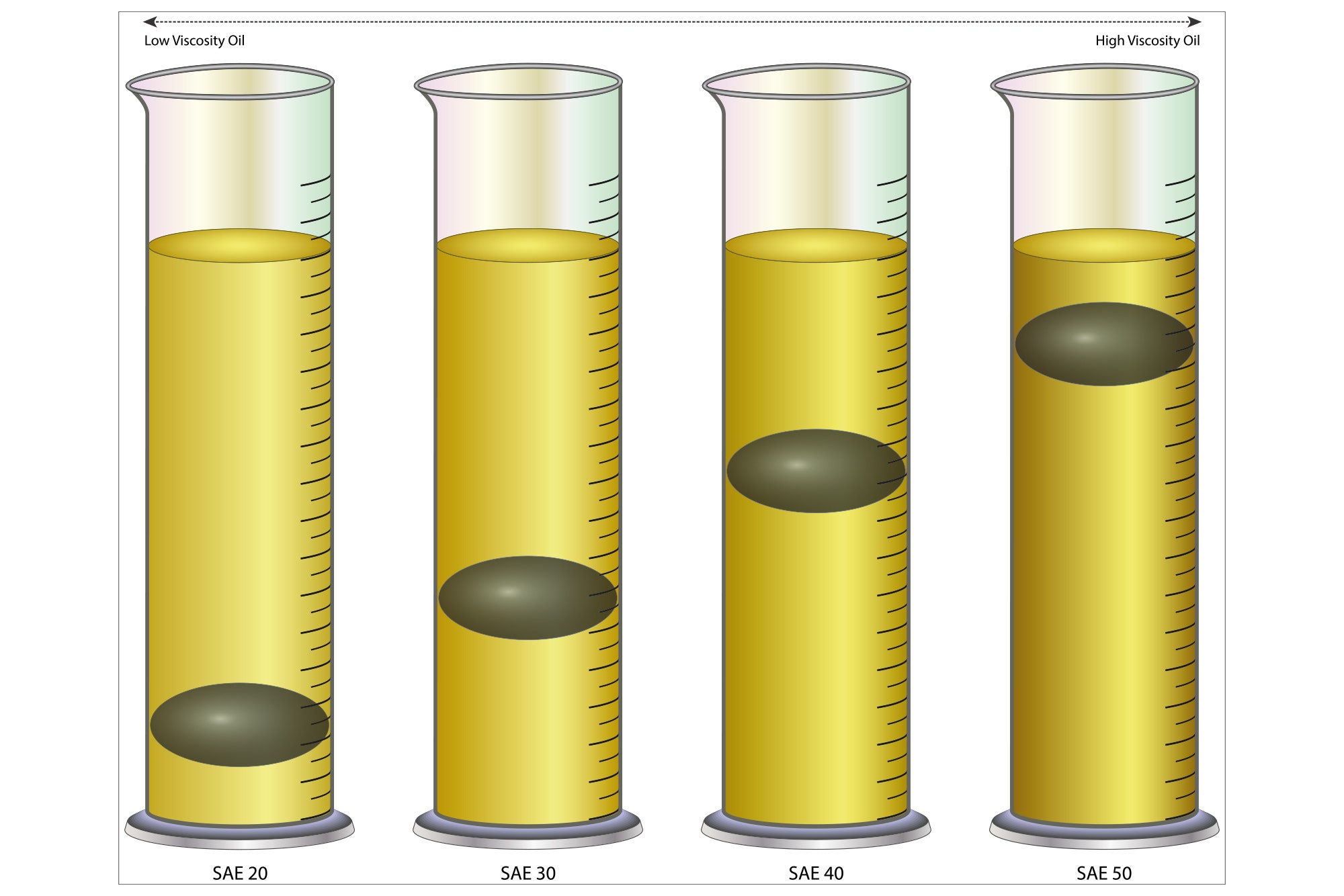
Synthetic and Semi-Synthetic Engine Oils.
Semi-Synthetic oil is made largely from Mineral oil with a percentage blend of Synthetic engine oil added to it. These oils were produced to bridge the price gap between relatively cheap Mineral oils and more expensive fully Synthetic fluids. However, as the prices for Synthetic oils have fallen and the initial reason for its existence has become less relevant. It remains a firm favourite with retro performance car owners though. Synthetic oil and Mineral oil still comes from the same hole in the ground, however, it is what happens next that sets it apart and justifies the higher price tag. On top of the traditional refinement, other impurities are removed and the oil undergoes a chemical process that alters it on a molecular level, ensuring every drop holds the same desired characteristic or viscosity. It is for this reason Synthetic oils are chosen for their performance engine application and also favoured by manufacturers to enable longer service intervals.

What happens when I top up my engine oil?
There are a number of key components involved with an engine oil system, and we'll do our best to explain. When you top up your engine oil, typically you remove the oil cap on the rocker cover or oil filler and pour the oil in (always a good idea to use a funnel, to save spilling it!) Encouraged by gravity, the golden elixir makes its way to the engine sump, located at the bottom of the engine block. The oil sump is a reservoir for the engine. When you check your levels with the oil dipstick, you are measuring the amount of oil in the sump. This is done when cold to ensure that 'all' oil has returned to the sump to give an accurate reading. On top of the fact that hot engine oil hurts if it touches your skin!
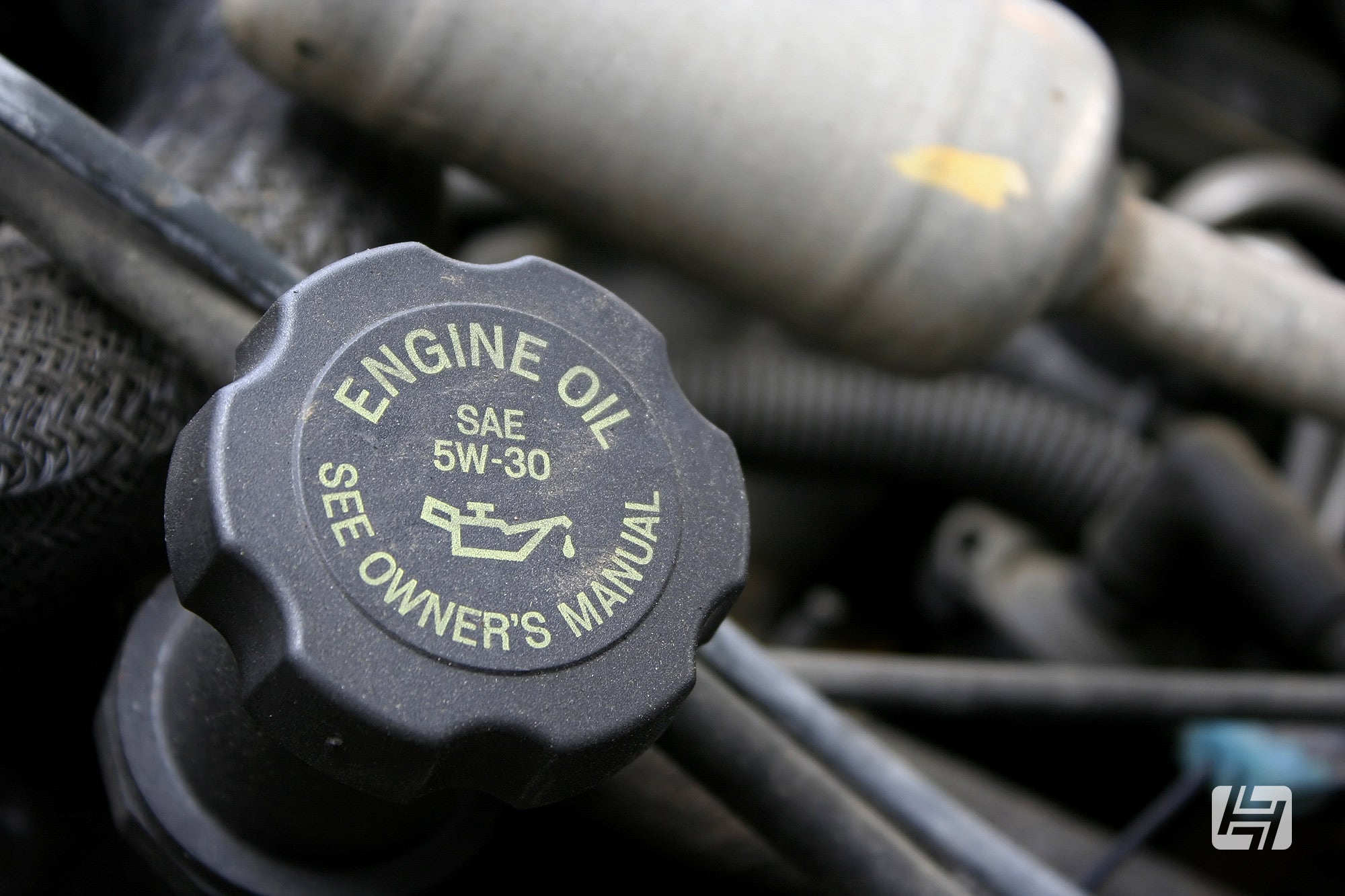
How does engine oil circulate around my engine?
With the sump pan located at the lowest point of your engine, the oil requires some mechanical assistance to get back to the top again. This is provided by an oil pump, which sucks up oil from the sump and lifts it up into the crankcase. In order to keep all moving parts suitably lubricated it is important that the oil can circulate freely. Of course, there are a few places you don't want your engine oil going, one of which is in the coolant (quite common if you have a head gasket failure) and the second is the combustion chamber (most likely if your piston rings have worn or failed) and certainly you don't want a lubricant anywhere near your clutch or brakes, as they rely on friction to work. This diagram below, whilst generic, illustrates the oil system pretty well.
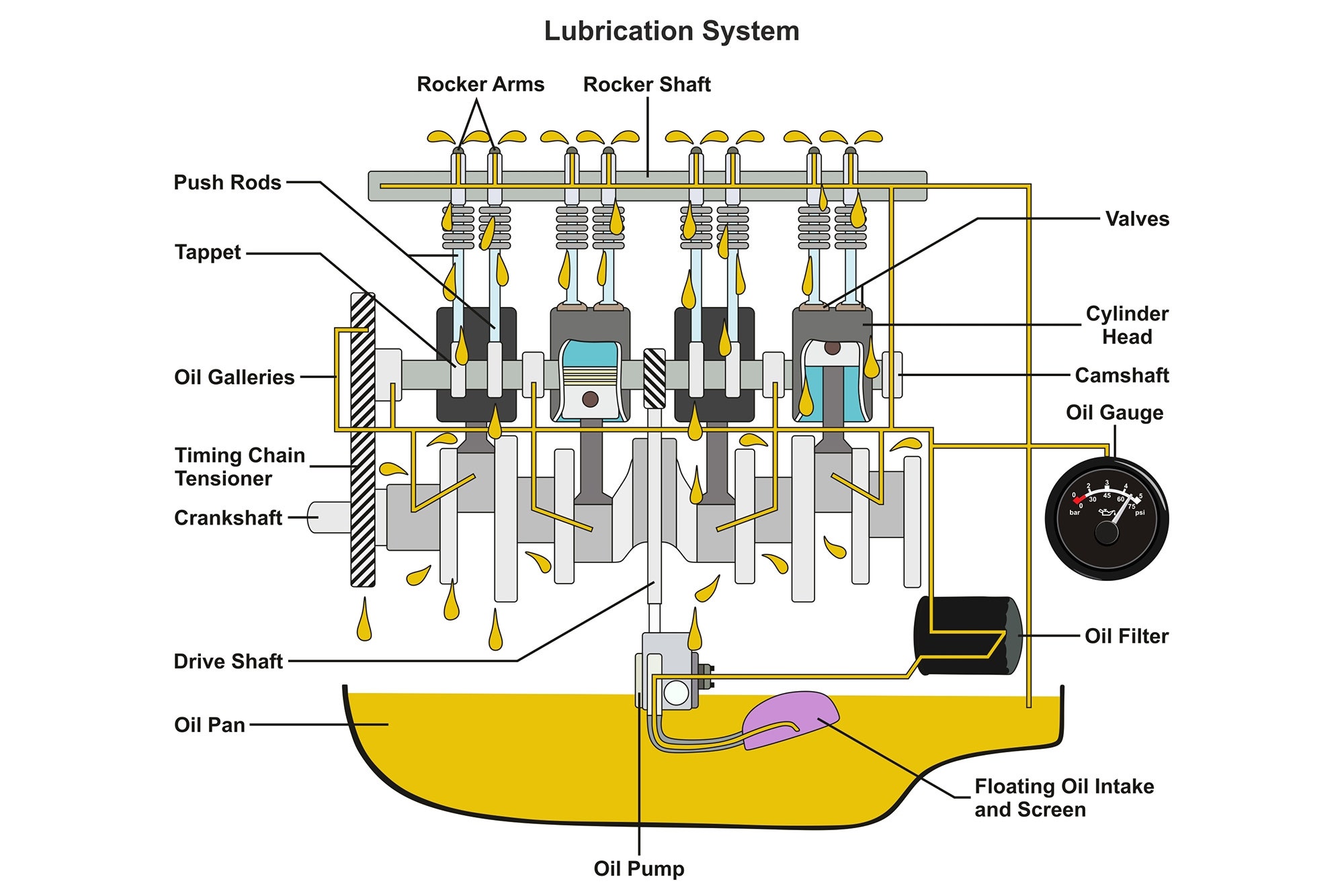
Lubricating the bottom end...
The "bottom end" of your engine describes the mechanical moving components below the pistons. Main bearings fit into the case and allow the crankshaft to rotate. Big end bearings sit between the con rods and the crank, and small end bushes sit between the con rod and the gudgeon pin. Oil is kept flowing around all of these, but cannot enter the combustion chamber; should it breach your piston rings you'll start to see blue smoke in your exhaust.
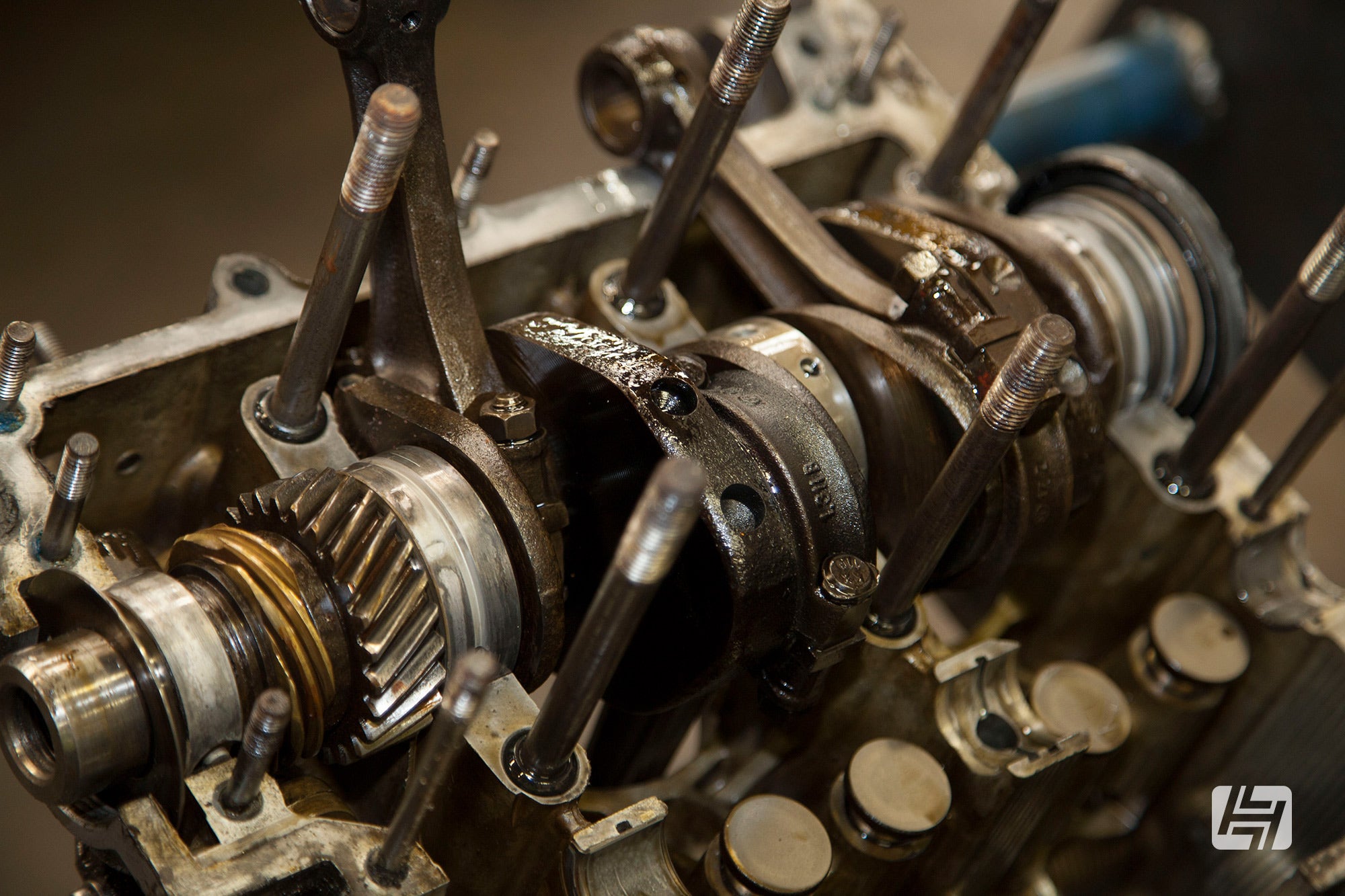
The role of engine oil in the cylinder head
As we have discussed in previous articles the cylinder head houses the camshaft and tappets or rocker shafts and pushrods, in the case of a flat 4 design. You may have heard an engine 'tapping' when cold, but quietening down once warm. Amongst other things, this could indicate a poor choice of oil, and once the oil has been re-distributed to those areas the mechanical components stop rubbing against each other in the same way.

Why do I need an oil cooler?
As we discussed earlier, When two things rub together, friction occurs, and as a by-product heat is produced. Your engine oil cleverly absorbs some of this and carries it away from a hotspot to have its temperature lowered by the oil cooler. There are two main types of oil cooler - one is based on air flowing through a series of 'radiator' fins which enclose the oil pipework, like the set up on the Caddy below. The second is a water-cooled version, like the OE specification Mk2 Golf GTI oil cooler, which enlists the coolant to transfer heat away from the oil before it recirculates around the engine again.
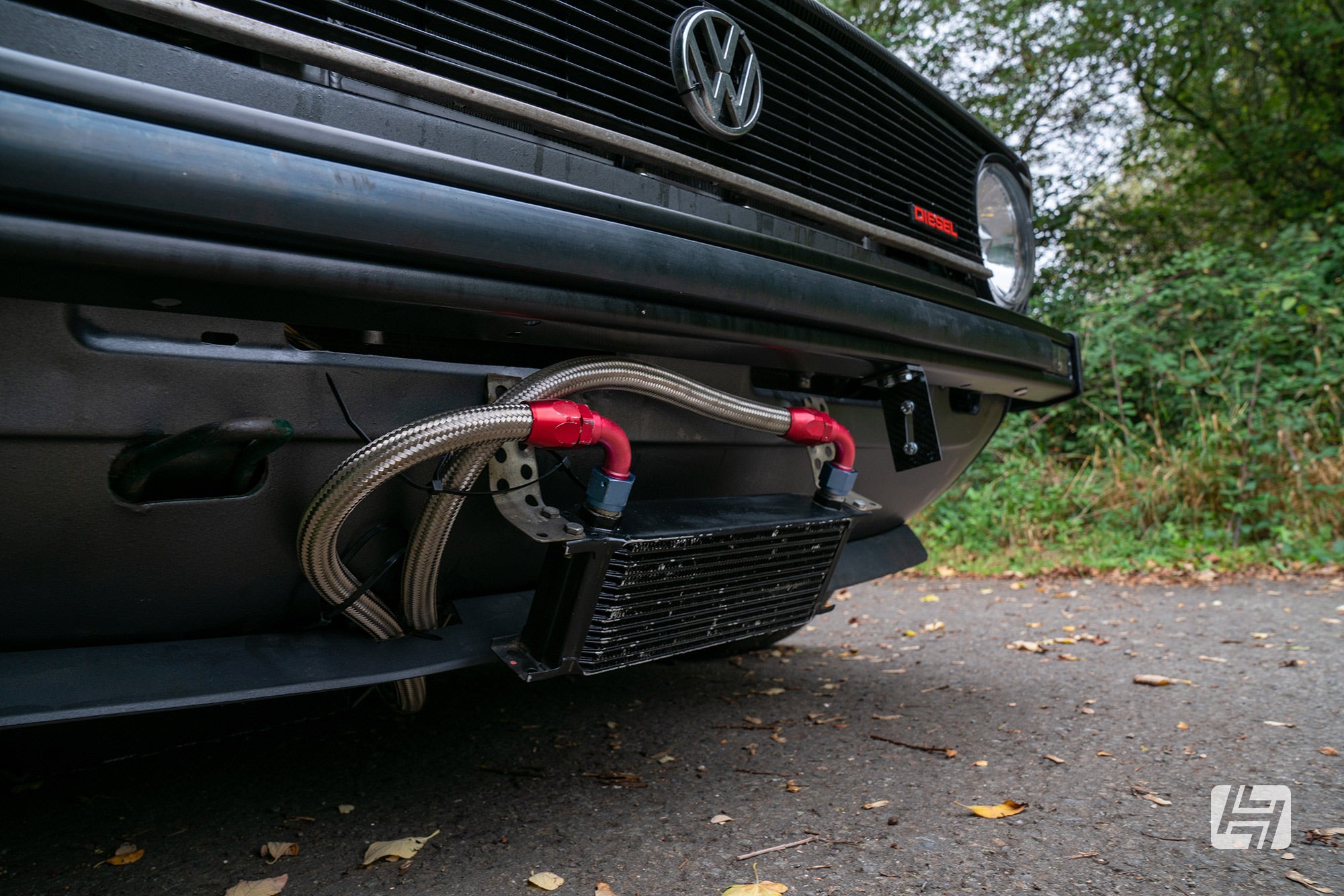
Be led by the manufacturers' guidance
Even with your new-found understanding of the slippery stuff, it is still best practice to consult your workshop manual, owners handbook or check out Google to ascertain the correct type of oil for your vehicle; although you may need to flip a coin to settle conflicting information from two trusted sources. If you are having a 'warning light, noisy buzzer scenario' then be assured some oil is better than no oil and Mineral oil can be mixed with Synthetic oil without causing any short term damage. It would be prudent to carry out an oil change and refill with the correctly specified oil when possible though.
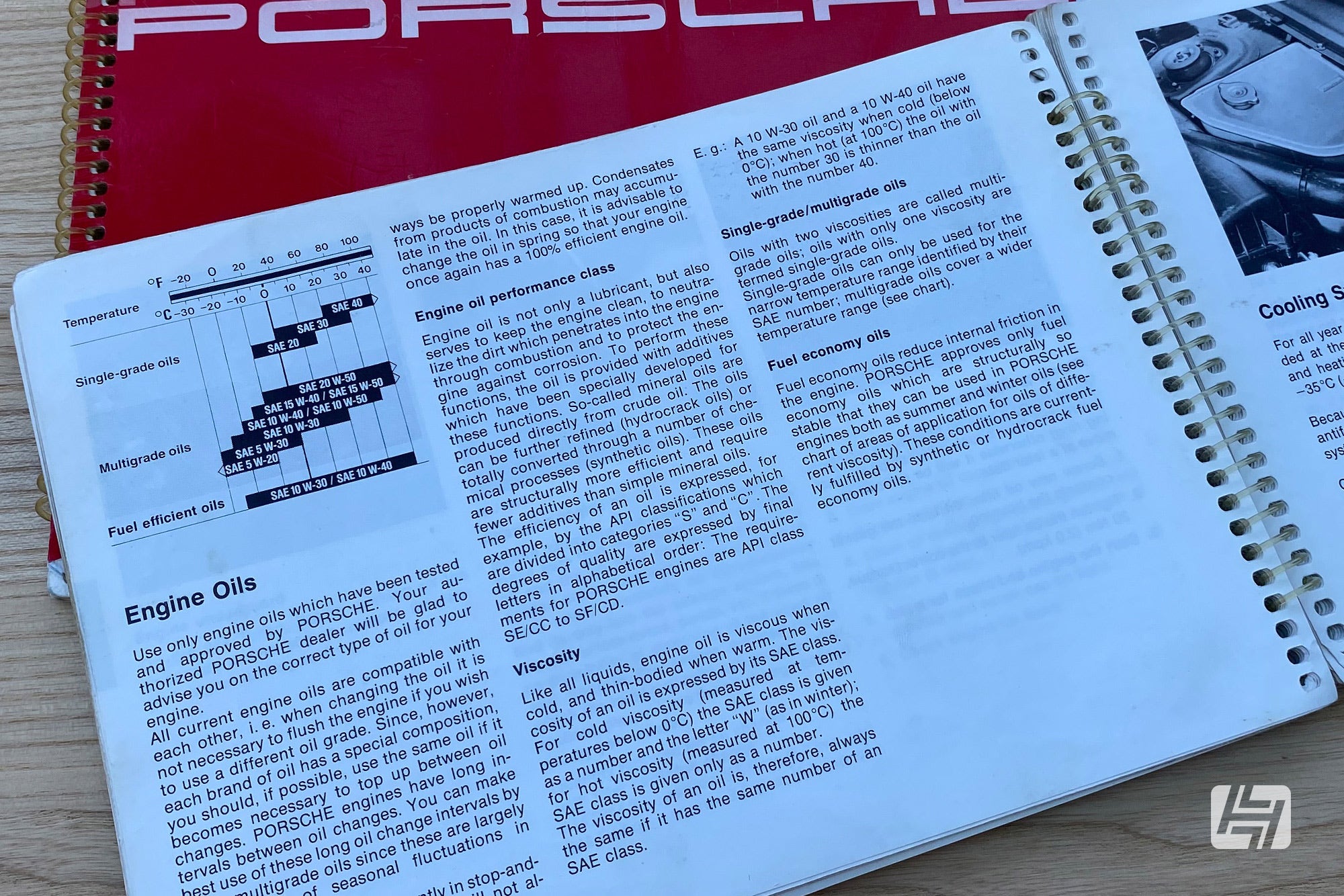
So, what now?
We're not going to test you on all of that, but hopefully, you will feel a little more confident next time you shop for engine oil. With the added guidance from your owner's manual or a Facebook group or forum, you should be able to select an engine oil that is suitable for your requirements and appreciate why that oil is a good match for your vehicle. Want to find out more about your engine? Check out our article about engine service parts here. Andy




 Bug
Bug
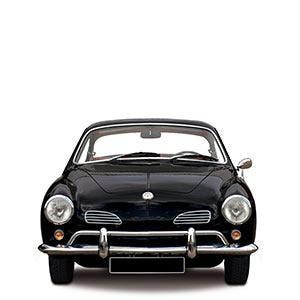 Karmann Ghia
Karmann Ghia
 Bay Bus
Bay Bus
 Vanagon
Vanagon
 Eurovan
Eurovan
 Transporter T5
Transporter T5
 Rabbit Mk1
Rabbit Mk1
 Golf Mk2
Golf Mk2


 911
911
 996
996
 997
997
 986 Boxster
986 Boxster
 987 Boxster
987 Boxster
 912
912
 944
944
 924
924






